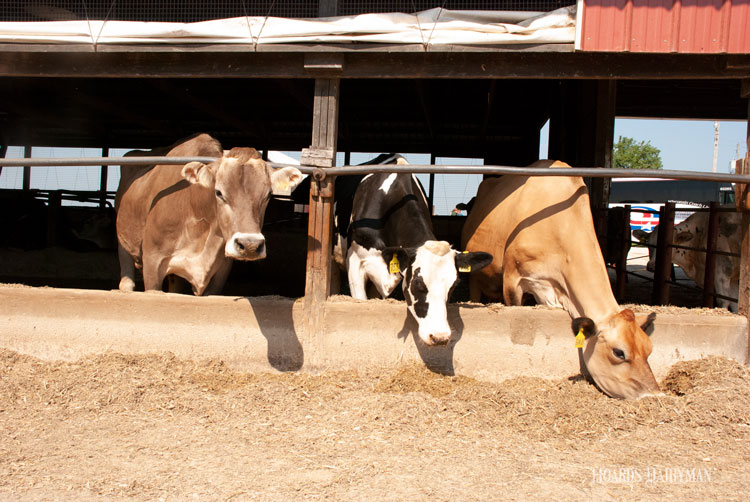
The transition period qualifies as one of the most stressful periods of a dairy cow’s life, and it’s certainly the goal and responsibility of producers to reduce that stress. In the last decade, many farms have focused on this group of high-risk animals by providing specific rations, housing, and care teams to watch over them.
In providing these beneficial treatments, it’s important to keep the cow’s natural behavior in mind.
“Depending on a herd’s grouping strategy, a cow might experience five or more pen changes during the transition from dry to milking,” Rick Grant noted in a recent Miner Institute Farm Report.
That amount of movement can certainly disrupt a cow’s natural behaviors, and more importantly, can negate the benefits of the various diets and monitoring strategies.
“The crux of the challenge is that cows prefer predictable, noncompetitive social environments. But we don’t make our grouping decisions based on these preferences,” Grant continued.
Time in the close-up pen is important for cows, and Grant suggests targeting at least 14 days. Perhaps more noteworthy, studies have shown that the incidence of displaced abomasa can nearly double when cows experience more than two pen moves during the transition period compared to when they experience only one or two moves.
For farms where pen moves are a significant part of the transition period, Grant recommends following a few best management practices for transition pens.
- Move cows in pairs or as small groups.
- Move cows later in the day when it’s quieter on the farm.
- Limit stocking density to 80 percent at the feedbunk.
“The bottom line is that management plays a larger role in cow health and productivity than the ration itself in many cases. This is never truer than during the transition period,” Grant concluded.








